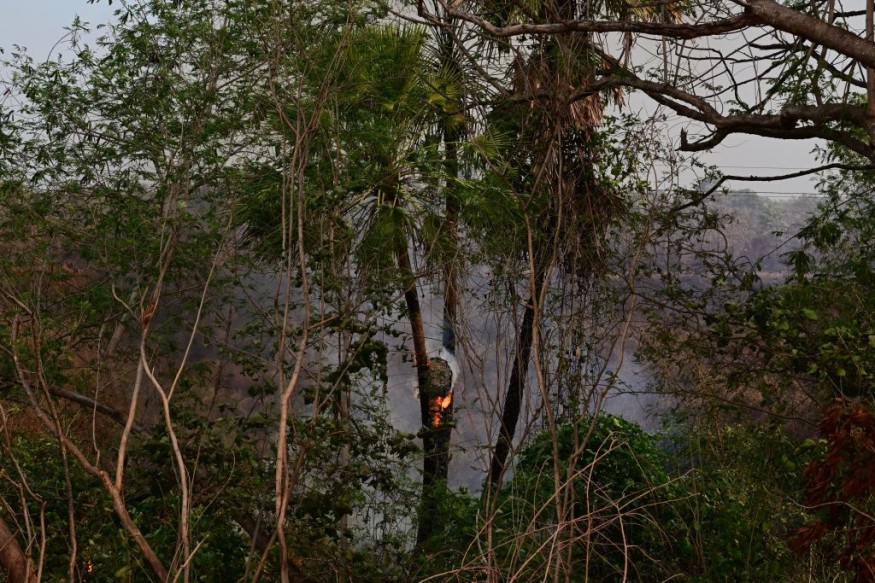European scientists observed that June wildfires above the Arctic Circle released carbon emissions that are the third highest for the time of year in the past 20 years.

Severe Weather In The Arctic Circle
In the Arctic Circle, multiple fires started this month, most of which were in Russia's Sakha region, where many devastating wildfires occurred last year destroying nearly 19 million hectares of forests.
Russian Deputy Minister of Ecology, Nature Management and Forestry Andrey Konoplevhe said in an interview with Russian state news agency TASS that as of June 24, over one hundred sixty fires had consumed an area exceeding 460,000 hectares.
From the beginning of May, fire consumed 2.5 million hectares or 1% of the whole area of Sakha-Yakutia forests at almost 170 different locations.
Moreover, the region witnessed accounts of pyroconvection - strong, deep convection sometimes taking place within a fire plume - increasing the scale and thus the erratic nature of the fire.
Wildfires have moved north as a result of climate change, blazing through tundra and boreal forests and releasing massive amounts of greenhouse gases from carbon-rich organic soils.
Data from the European Union's Copernicus Atmospheric Monitoring Service (CAMS) indicated that carbon emissions for this month were at about 6.8 megatonnes. The figure was slightly lower than those of June 2019 and June 2020.
Meanwhile, in the past 20 years, the northeastern Arctic has experienced the greatest increase in severe wildfires. In the Northern Hemisphere, the blaze was observed to have often peak in the months of July and August.
Senior Scientists Mark Parrington said that fire emissions in the Arctic have been at typical levels during the last three summers. However, other experts have observed the recent fires developing following warmer and drier conditions and these were similar to the widespread wildfires in 2019 and 2020.
Reduced Air Quality
In addition to producing carbon emissions, the buildup of smoke from wildfires affects the quality of the air in high latitudes and may cause the particles in the smoke to settle on the surface.
Experts said that the accumulation of soot and black carbon from wildfires could darken the surfaces of snow and ice. If this happens, this will decrease their albedo and increase their absorption of solar radiation.
This will the rise the likelihood that the snow and ice will melt.
Meanwhile, the large portions of Russia's far east have shown increases when it comes to aerosol optical depth (AOD) readings because of the reported rise in fires and smoke emissions. According to CAMS AOD projections, smoke from wildfires is being carried throughout the area.
Since June 19, a plume has been traveling south across Magadanskaya Oblast and into the Sea of Okhotsk, then north over the Anzhu Islands and into the Arctic Ocean. Although there are comparatively high surface PM2.5 concentrations in the region, no significant population centers are currently being affected.
The local area is not the only one impacted by changes in the Arctic climate since they are considered of great global relevance. Experts said that the region has an effect on the Earth's overall climate system.
Professor Gail Whiteman of the University of Exeter and founder of the non-profit science organization Arctic Basecamp earlier claimed that the Arctic is the epicenter of climate change.
Due to this, the growing likelihood of Siberian wildfires is a clear warning indication that the vital system is getting close to dangerous climate tipping points.
She also said that what happens in the Arctic does not stay there as arctic change amplifies risks globally for the public. She added that the fires are a warning cry for urgent action.
Related Article : About '100 Wildfires' Spread Across Russia's Sakha Region, Near Putin's Home in Moscow
© 2025 NatureWorldNews.com All rights reserved. Do not reproduce without permission.

